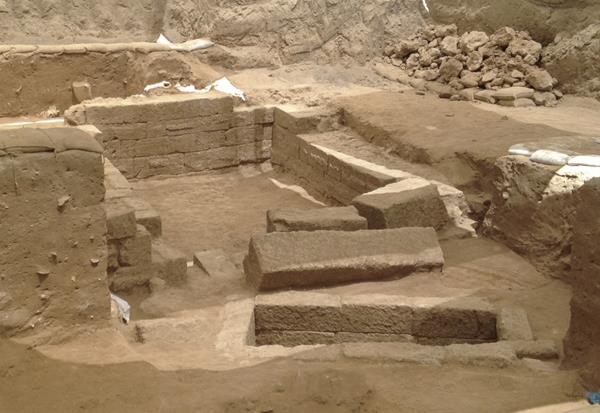Finding Ashkelon’s Philistine Cemetery
Sidebar to: Piece by Piece: Exploring the Origins of the Philistines

It happened right in the middle of our 2012 excavation season. A car stopped along the side of the road, and a man jumped out and said, “I know where the Iron Age cemetery of Ashkelon is located.”
This is not the strangest thing I have heard in the middle of a dig season, but it was surely a surprise. Our team had been working at Ashkelon for almost 30 years, and I had never even heard a rumor about a cemetery. But the man followed up. His name was Shlomo Piphano, and he had been the Department of Antiquities (now Israel Antiquities Authority) inspector for this area in the late 1980s. He had been tasked with examining a piece of land that was going to be the site of a municipal playground. Everywhere he probed, he found graves 16 inches (40 cm) below the surface. Most contained distinctive black and red imported juglets that only appear in the Iron Age.
At that point, everyone was interested in Shlomo’s story, but modern excavation is complicated. One does not just get a tip one day and start digging the next. Excavation requires careful planning (and layers of government approval). We spent the next year vetting the story, looking for Shlomo’s original report (now lost), and then arranging permission for trial excavation. We returned 12 months later, full of optimism. But, in 2013, everything failed that we tried. Wherever we excavated, we found sterile soil. Shlomo was doubting his own memory; nothing was as he had expected.
Already a library member? Log in here.
Institution user? Log in with your IP address.

